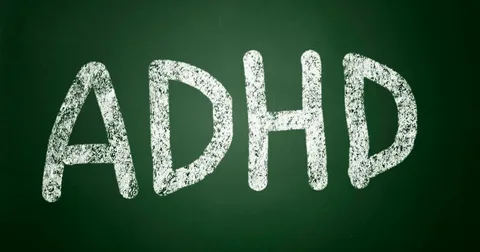Attention Deficit Hyperactivity Disorder (ADHD) is a neurodevelopmental condition that affects millions of children worldwide. Characterized by symptoms such as inattention, hyperactivity, and impulsivity, ADHD can pose significant challenges for children both at home and in educational settings. While medication and behavioral therapies are commonly used to manage ADHD, play has emerged as a crucial, often underutilized, tool in the management of this condition. Understanding the role of play in ADHD management not only highlights its importance but also underscores the need for integrating playful activities into therapeutic strategies.
Understanding ADHD and Its Challenges
ADHD is typically diagnosed in childhood and can persist into adulthood. The disorder affects the brain’s executive functions, which are responsible for planning, organization, and impulse control. Children with ADHD often struggle with sustaining attention, following instructions, and regulating their behavior, which can impact their academic performance, social interactions, and self-esteem. Traditional management approaches focus on medication and behavioral interventions to address these symptoms, but incorporating play into the management plan can offer additional benefits.
Play as a Therapeutic Tool
Play is more than just a recreational activity for children; it is an essential part of their development. For children with ADHD disorder, play can be particularly beneficial in several ways:
Enhancing Focus and Attention:
Play activities that require sustained attention, such as puzzles or board games, can help improve a child’s ability to focus. Engaging in these activities helps children practice concentration and impulse control in a fun and motivating context. Over time, this practice can translate into improved attention spans in other areas of life.
Improving Social Skills:
Play often involves interactions with peers, which provides children with ADHD opportunities to practice and enhance their social skills. Cooperative games and role-playing activities can teach essential social skills such as turn-taking, negotiation, and conflict resolution. These skills are crucial for building positive relationships and improving social interactions.
Developing Executive Functioning:
Executive functioning skills, including planning, organization, and self-regulation, are areas where children with ADHD often face difficulties. Play activities that require strategic thinking, such as building games or memory games, can help strengthen these skills. Through play, children can learn to set goals, plan their actions, and evaluate their progress, which can aid in their overall cognitive development.
Reducing Hyperactivity and Impulsivity:
Physical play, such as running, jumping, or climbing, can help children with ADHD manage excess energy and reduce hyperactivity. Engaging in active play allows children to release pent-up energy in a constructive way, which can help them focus better during quieter activities.
Boosting Emotional Regulation:
Play provides a safe space for children to express their emotions and manage stress. Through imaginative play or art activities, children can explore and communicate their feelings, which can be particularly beneficial for those with ADHD who may struggle with emotional regulation. Play can also help children develop coping strategies and resilience.
Integrating Play into ADHD Management
To effectively integrate play into ADHD management, it is important to consider the following strategies:
Structured Play:
Incorporate structured play activities that have clear rules and goals. This can help children with ADHD develop better organizational skills and learn to follow instructions. Examples include board games, card games, and structured sports.
Choice and Variety:
Offer a variety of play options to cater to the child’s interests and preferences. Providing choices can enhance motivation and engagement. Activities could include creative arts and crafts, building projects, or interactive digital games designed to improve cognitive skills.
Consistency and Routine:
Establish a routine that includes regular playtime. Consistent playtime can help children with ADHD develop a sense of predictability and structure, which can improve their overall behavior and focus.
Positive Reinforcement:
Use play as a reward for positive behavior and achievements. This approach can reinforce desired behaviors and motivate children to engage in activities that support their ADHD management goals.
Parental Involvement:
Encourage parents to actively participate in play activities with their children. Parental involvement can strengthen the parent-child bond and provide valuable opportunities for modeling appropriate behaviors and reinforcing positive skills.
Conclusion
Play is a powerful tool in the management of ADHD for children. By enhancing focus, improving social skills, developing executive functioning, reducing hyperactivity, and boosting emotional regulation, play can complement traditional treatment approaches and contribute to a more holistic management plan. Integrating play into daily routines and therapeutic strategies offers children with ADHD a dynamic and engaging way to address their challenges, fostering both their development and well-being. As research continues to explore the benefits of play in ADHD management, it is crucial for parents, educators, and healthcare professionals to recognize and leverage the potential of play to support children in their journey toward success and fulfillment.
